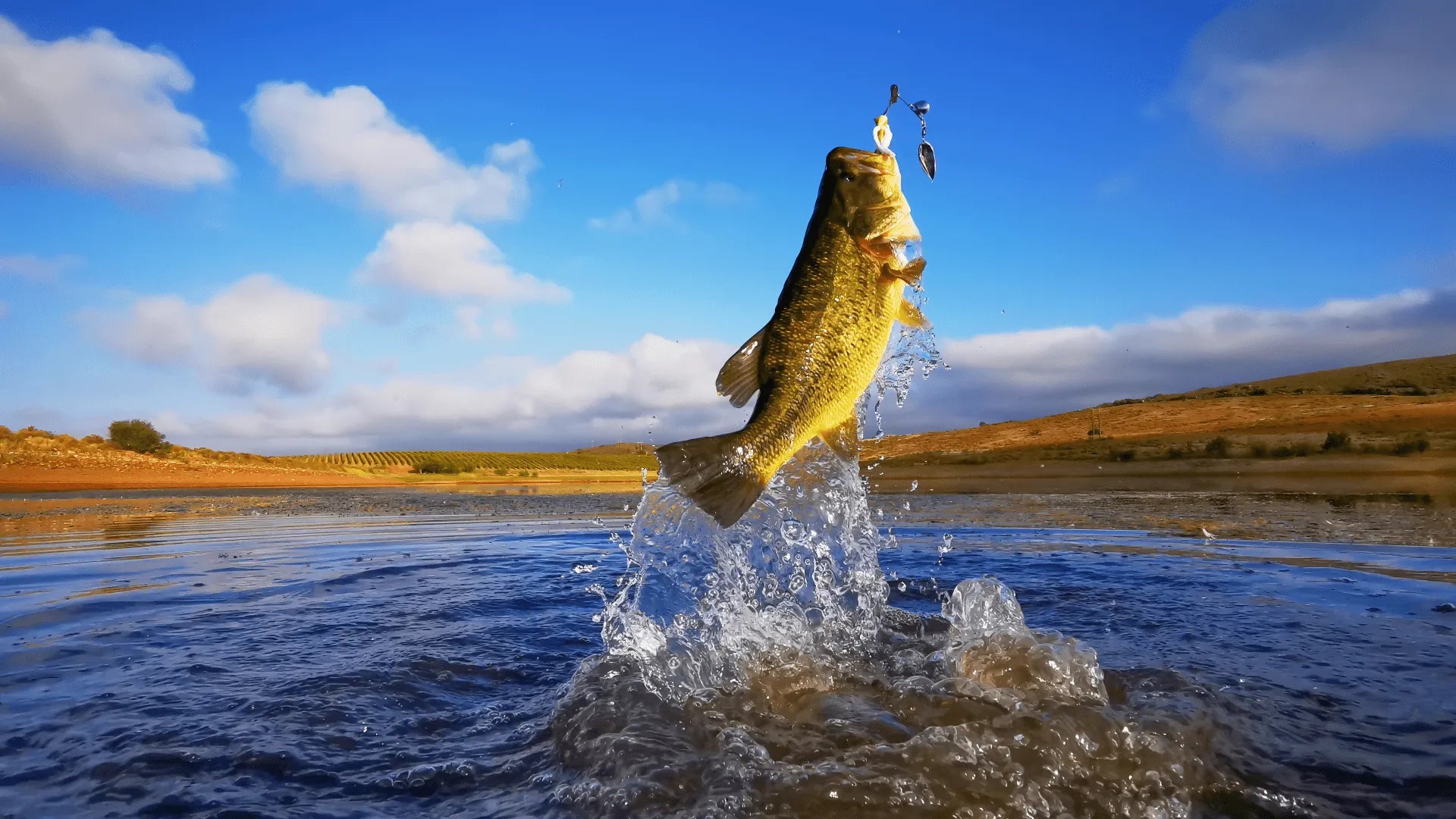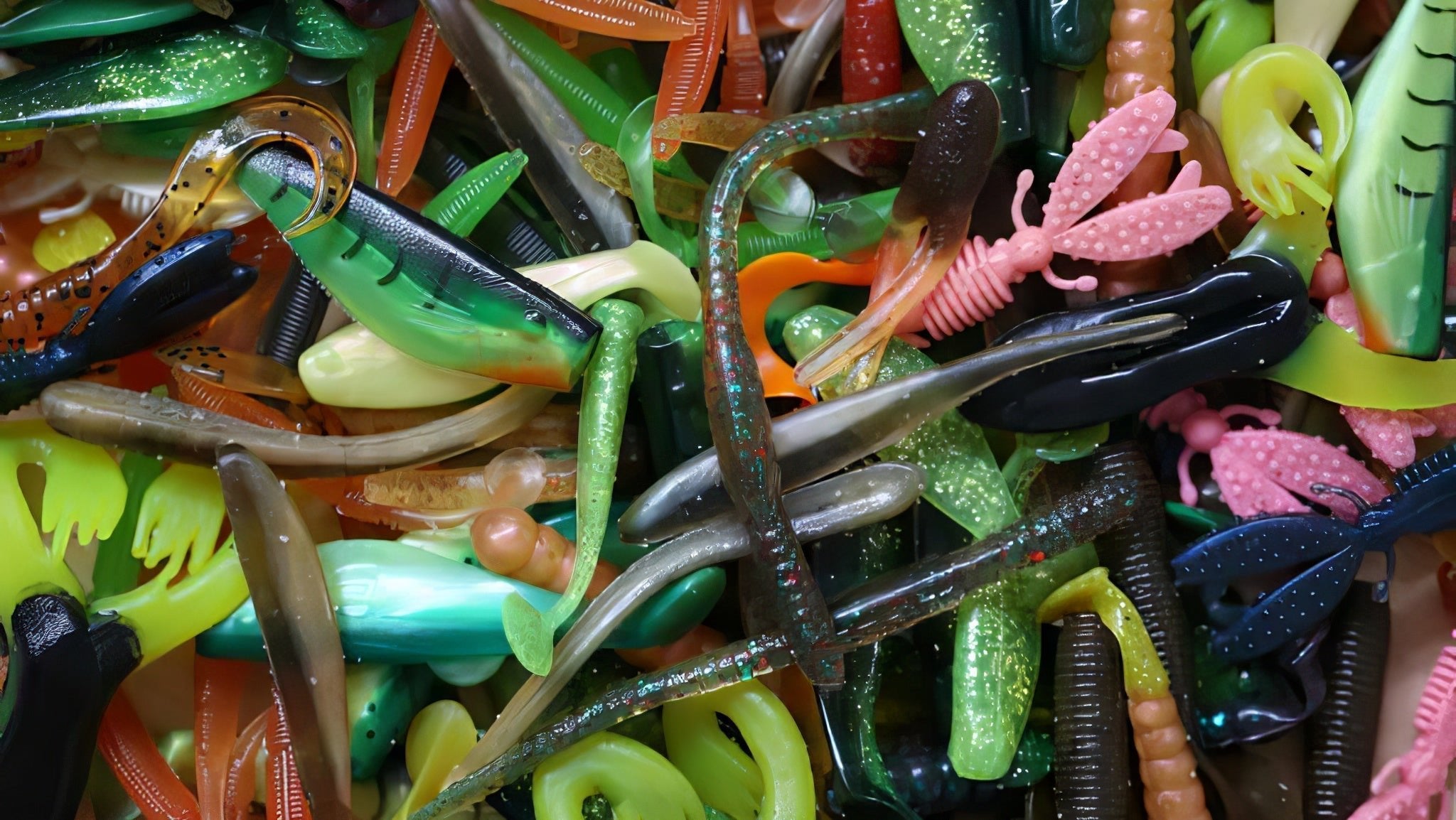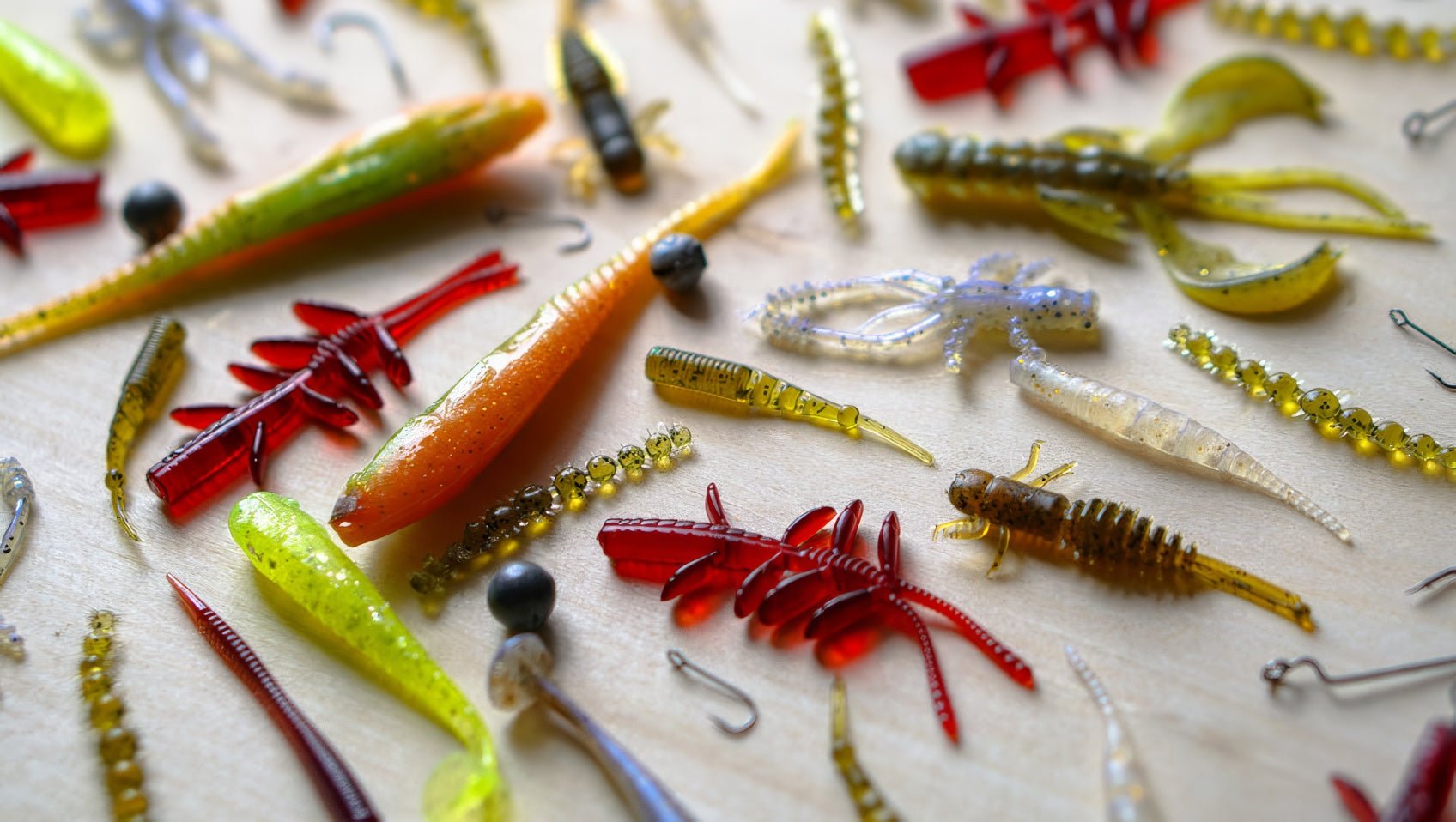The Improved Clinch Knot
- Purpose: The most common knot for tying a hook or lure to your line.
- Strength: High strength, reliable for most fishing situations.
- Simplicity: Easy to learn and tie quickly on the water.
- Pass the line through the eye of the hook. Leave a 5-6 inch tag end.
- Wrap the tag end around the standing line 5-7 times. Ensure the wraps are tight and uniform.
- Bring the tag end back through the first loop created near the eye of the hook.
- Then, pass the tag end through the larger loop you just created.
- Moisten the knot and pull the standing line and tag end to tighten. Trim the excess tag end.

The Palomar Knot
- Purpose: Another excellent knot for tying hooks and lures, especially with braided line.
- Strength: Very strong and reliable, even with lighter lines.
- Simplicity: Relatively easy to tie, with a bit of practice.
- Double the line and pass the loop through the eye of the hook. Leave a 4-5 inch loop.
- Tie a simple overhand knot with the loop, but do not tighten it completely.
- Pass the loop over the hook and pull it down over the eye.
- Moisten the knot and pull both the standing line and the loop to tighten. Trim the excess tag end.

The Uni Knot
- Purpose: A versatile knot for tying line to line, or line to a swivel or leader.
- Strength: Strong and reliable for various fishing applications.
- Simplicity: Slightly more complex than the previous two, but still manageable for beginners.
- Overlap the two lines you want to join. Leave a 6-8 inch tag end on the line you're tying the knot with.
- Wrap the tag end around both lines and then back through the loop created 5-7 times.
- Moisten the knot and pull on both the standing line and the tag end to tighten. Trim the excess tag end.

Remember: Practice these knots at home before heading out to fish. A well-tied knot is crucial for landing your catch!








